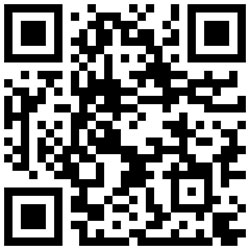5 Cyber Safety Tips To Survive the Internet, Hackers and Scammers
Navigating the internet can be a trouble-filled journey. Bad actors intent on exploiting uninformed users are constantly lurking behind emails, websites, and social media invites. Even your Wi-Fi router and those now-ubiquitous QR codes can be danger points. Add to that, the never-ending virus and malware threats.
Computer and mobile device users are often unaware of the danger zones. However, the internet need not be a constant trip through the badlands. What it takes to stay protected online is knowing what to avoid and how to protect yourself.
Here are five things in your control to help keep your digital activity safe.
1. QR Codes, Handy but Potentially Harmful

These postage-size image links to websites can be convenient. Just point your smartphone camera at it and instantly go to a website, tech support location, discount offer on a purchase, or restaurant menu.
However, QR codes can also take you to a nefarious place where malware or worse is waiting. QR codes can be programmed to link to anything, putting your privacy and security at big risk.
Think before you scan a QR code. If the code is displayed on a website or printed document you trust, it is probably a safe. If not, or you are unsure, check it out.
You can download reputable QR reader apps that will perform a security check on the endpoint of the QR code’s destination. One such safety tool I use is the Trend Micro QR Scanner app, available for Android and iOS.
2. Avoid ‘Unsubscribe’ Email Scams
This is a popular ongoing scam that has a high success rate for hackers. Potential victims get an email for a product offer or other business invitation. The opt-out action step is enticing, looks familiar, and sounds reasonable. “Don’t want to receive our emails? Click here to unsubscribe,” it beckons.
Sometimes the annoying repeat emails ask if you want to unsubscribe from future emails. Some even offer you a link to cancel a subscription.
Do not select any options. Clicking on the links or replying confirms your active address.
Never input your email address in the “unsubscribe me” field, either. More senders will follow.
A better…



